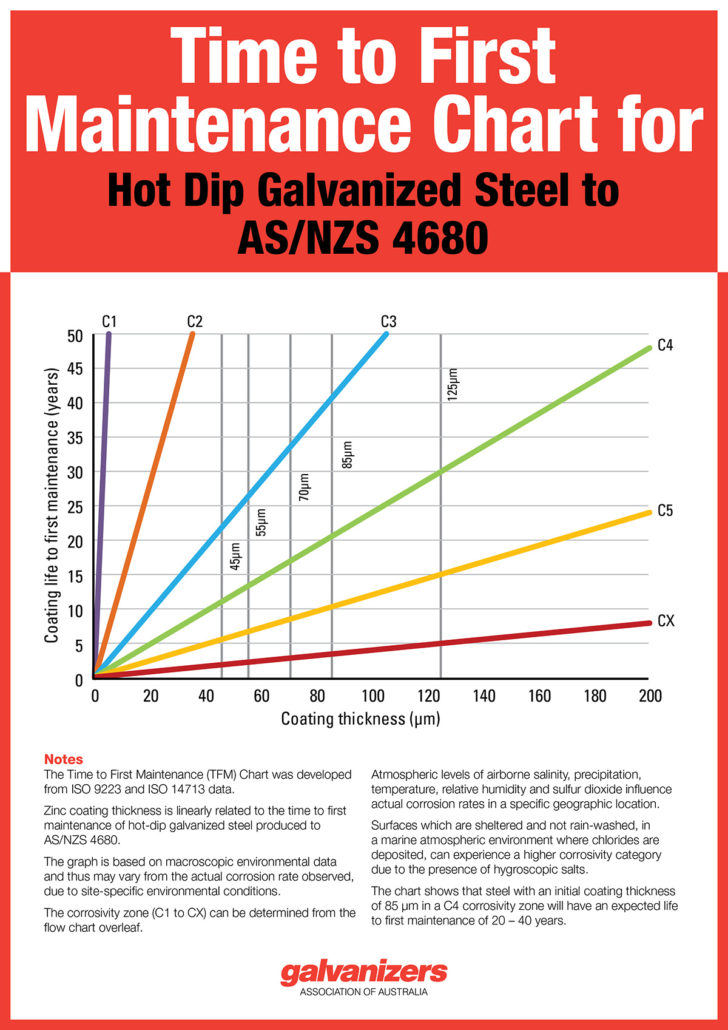FAQ – Frequently Asked Questions
HOW LONG DOES IT TAKE TO GALVANIZE?
The process of dipping steel in molten zinc takes a matter of minutes depending on the profile or fabrication. The preparation in getting it to the dipping is what takes the longest.
The steel must first be hung on jigs with wires and chains then it is cleaned (acid bath), rinsed and fluxed before it can be galvanized. Afterwards, it is placed in a quench bath and then it must cooled and be taken off the jigs, cleaned/filed, packed and weighed.
The time to do all of this is a few hours. But remember, there is a lot of other work being processed too – so the typical turnaround time is about 5-7 working days.
By arrangement it may even be possible to do it in 24 hours.
WHAT CAN I DO TO MINIMIZE TURNAROUND TIME?
By contacting our office a couple of days / weeks before dropping your steel off, our production team can plan your work in to the schedule, with this initial phone call you can also discuss whether your steel has the correct amount of vent / drain holes and that it is designed for our galvanizing process without the need the need of alterations when it arrives.
Making sure the steel is “clean”” prior to delivery will also assist with a quick lead time. Any steel that has powdercoat paint, black lacquer or heavily embedded rust will need to be sandblasted and appropriately cleaned prior to arrival at the galvanizing plant. Surface rust is generally not a problem, but remember that the more rust there is the longer it will take to remove in our cleaning process.
If we are providing the transport, please liaise with us about our regular runs and plan around them.
WHAT CAN I DO TO ENSURE I RECEIVE THE HIGHEST-QUALITY GALVANIZED COATING?
Communication, communication, communication!! Ongoing communication between the designer, fabricator and galvanizer is vital in ensuring superior quality galvanizing. Discussing the design for galvanizing is the best way to ensure you receive the highest quality galvanized coating. Our customer service team are always happy to assist with any technical questions you have about our process or your product
HOW LARGE (OR SMALL) CAN I FABRICATE IN ORDER FOR YOU TO GALVANIZE?
Almost any component can be galvanized provided that it has been suitably fabricated to fit in our kettle . We can galvanize straight steel sections up to 8.2m (single dip) and 15m (double dip) and fabricated items up to 8m long x 2m high x 1.4m wide (contact us for what can be double dipped in a fabricated item)
When an item is too large for total immersion in the kettle but more than half of the item will fit into the kettle, the piece may be “double dipped”. Please verify the kettle constraints with us at an early stage. We also have a very close relationship with a Melbourne galvanizer where we can offer subcontracting and the management of galvanizing your larger steel items which will not fit in our bath. We organize everything from pick up, delivery and liaising with the galvanizer on galvanizing your steel work. Making it a stress free process.
Small items will receive special attention. Pieces such as fasteners, small brackets and clips are subcontracted to our preferred Melbourne Galvanizer for centrifuge spin galvanizing which provides a much smoother coating.
HOW CAN I PROTECT MY THREADS?
While bolts are completely galvanized, internal threads on nuts must be tapped oversize after galvanizing to accommodate the increased diameter of the bolts.
We sell a product called “Galva Stop” which is painted onto the thread to stop the galvanizing process.
WHY ARE HOLES REQUIRED TO GALVANIZE CLOSED-OFF HOLLOW SECTIONS?
It is important to keep in mind that the steelwork is immersed into and withdrawn from a bath of molten zinc at about 452 degrees Celsius, and the outside, inside and every crevice is galvanized.
For complete protection, molten zinc must be able to flow freely to all surfaces of a fabrication so any features that aid the access and drainage of molten zinc will improve the quality of the coating and reduce costs. With hollow sections, or where there are internal compartments, the galvanizing of the internal surfaces eliminates any danger of hidden corrosion during service.
It is also imperative that if you plan on having internal vent holes that cannot be inspected by the galvanizer a small inspection hole is placed in the fabrication. This will all help with the lead time and extra costs.
WHAT DOES IT COST TO ZINC "HOT DIP" GALVANIZE?
As shown in the chart below, the zinc “hot dip” process costs far less than other protective coating methods having much shorter maintenance free lives. In most cases it has a lower initial cost and in almost any case it has a lower long term cost as well.



